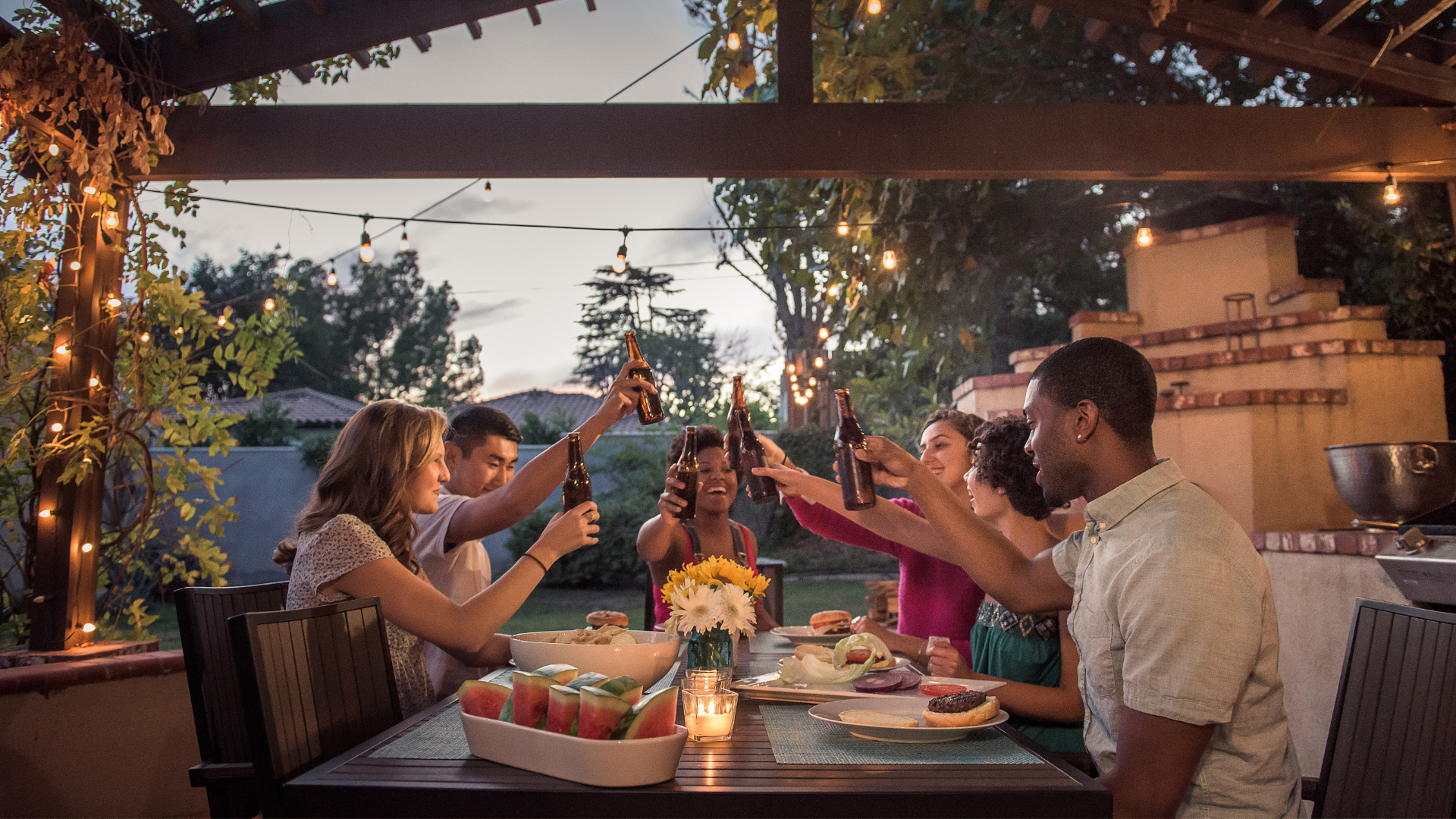Mom and Dad to the Rescue
With housing affordability declining across Canada, one trend is on the rise: parents are increasingly helping their adult children when it comes to housing.
That assistance is coming in the form of cash gifts/loans for today’s growing down payments, and also from parents providing shelter to their adult children under their own roof.
New data released from the 2016 census shows that more than one-third (34.7%) of young adults aged 20 to 34 are now living with their parents, having either left at some point and returned, or never left at all.
That number has been increasing steadily since 2001 when 30.6% of young adults were living with at least one parent.
Among those aged 30-34, the percentage co-residing with a parent rose from 11.2% in 2011 to 13.5% in 2016.
Unsurprisingly, areas that have seen rapid home price increases report higher instances of young adults living at home.
Ontario saw the highest percentage of all the provinces, with 42.1% of those aged 20-34 living at home—up from 35% in 2001. That means more than two in five young adults in the province now live with their parents.
And of the 35 census metropolitan areas, Toronto and Oshawa reported nearly half (47.4% and 47.2%, respectively) of young adults living at home.
While it may be tempting to link this increase strictly to rising home prices, the census offers no concrete explanation.
In an interview with Global News, senior Statistics Canada analyst Jonathan Chagnon said it can be due to a combination of factors. “…for British Columbia and Ontario, these are regions where we see a lot of immigrants, so that could be part of cultural differences,” he told Global. “(But) these are also regions where the price of housing is really high.”
The “Bank of Mom and Dad”
For those who aren’t providing shelter, many parents are contributing financially towards the down payments of their children.
A recent CIBC poll indicated that a full 76% of parents would offer financial support to help their child move out, marry or live with a partner. And despite a significant percentage of adult children currently living at home, a majority of parents (65%) said they would prefer to give a financial gift rather than have their child and spouse/partner live with them.
The poll found that the national average gift size was $24,125. For those with household incomes over $100,000, that figure nearly doubled to $40,558, with as many as 25% giving their kids more than $50,000.
In Mortgage Professionals Canada’s annual fall survey , author Will Dunning noted that down payment assistance for first-time buyers from their parents has trended above its historical average in recent years.
For many years, “funds from parents and other family members (in the form of loans and gifts) have been a small part of down payments, averaging 14% for all first-time buyers,” he wrote. “This share was stable until recently, rising to 18% for recent buyers (2014 to 2016).”
However, he cautioned against drawing the conclusion that this source of funds from the “Bank of Mom and Dad” has become an important driver of home-buying.
“The suggestion is that, in a more expensive housing market, parents are increasingly helping their children with down payments, via gifts and loans: the children need larger down payments; because the value of the parental home has increased rapidly during the past decade and a half, the parents are in a better position to assist the children,” he noted. “The data indicates that there is truth to the suggestion that parents are providing more help, but it also shows that this help is less significant than may be imagined (in terms of driving house sales).”
Additional Tidbits
Some other key findings from the census included:
- From 2001 to 2016, when the share of young adults living at home increased, the share of young adults living with their own family decreased from 49.1% to 41.9%.
- The proportion of young adults with other living arrangements (without their parents or their own family) also rose, from 20.3% in 2001 to 23.4% in 2016. These arrangements include living alone, with other relatives or with roommates.
- More men than women aged 20 to 34 lived with their parents: five men for every four women, even though the proportion of young women living with their parents rose twice as quickly as that of men over the preceding 15 years.
- How Canada compares to other countries in the proportion of young adults living at home:
- United States (ages 18 to 34): 34.1% in 2016
- Australia (ages 18 to 34): 30% in 2011
- European Union (ages 18 to 29): 48% in 2012
This article was written by Steve Huebl and was originally published on Canadian Mortgage Trends on Aug 9, 2017 under the title Sky-high House Prices? Parents to the Rescue!
Share












